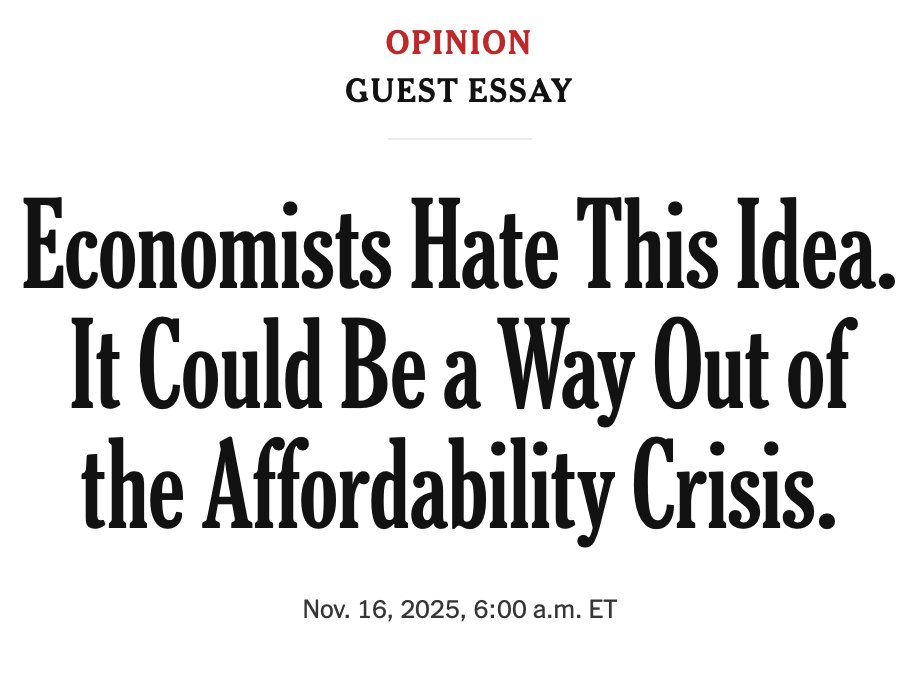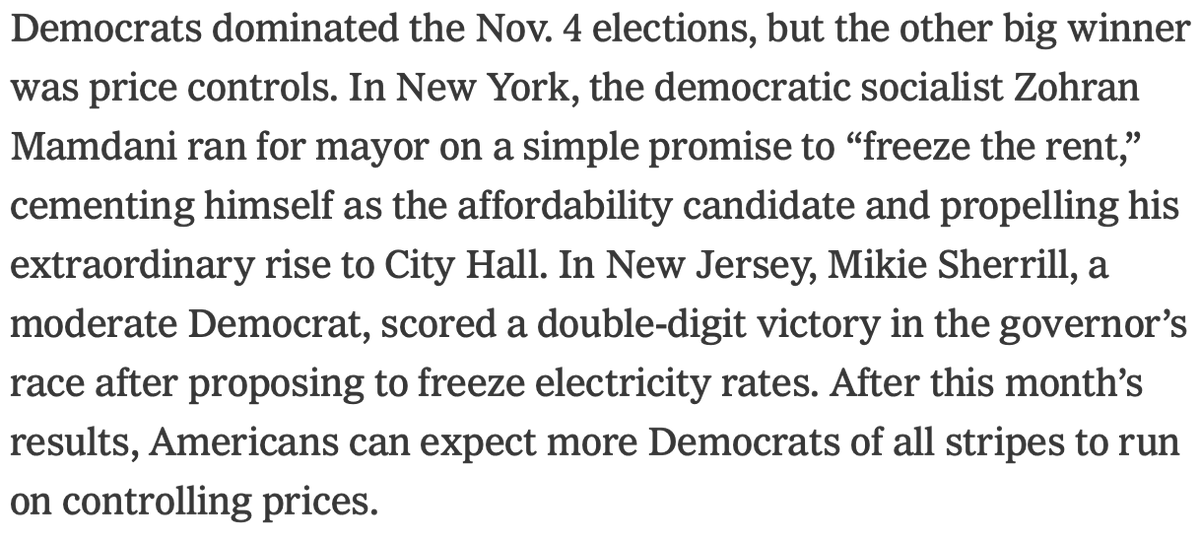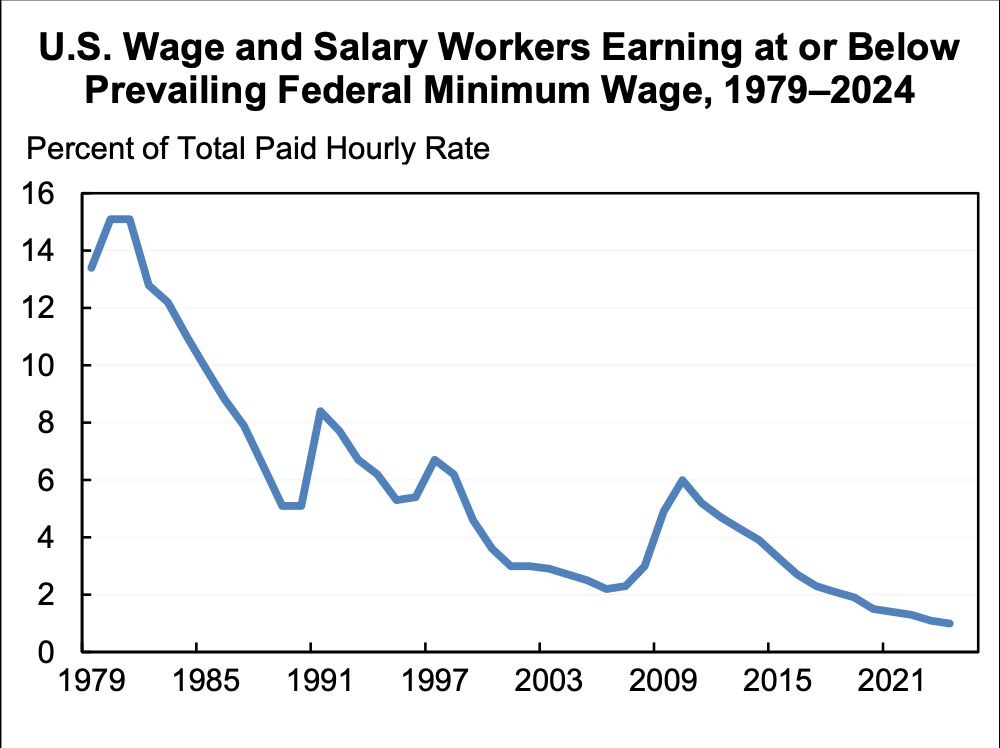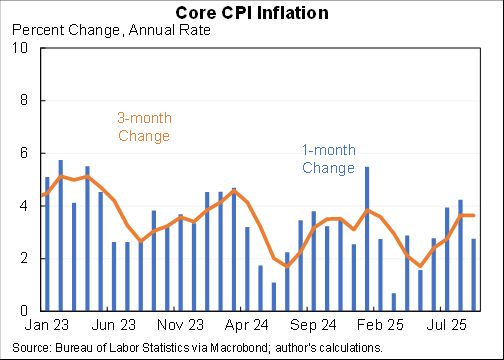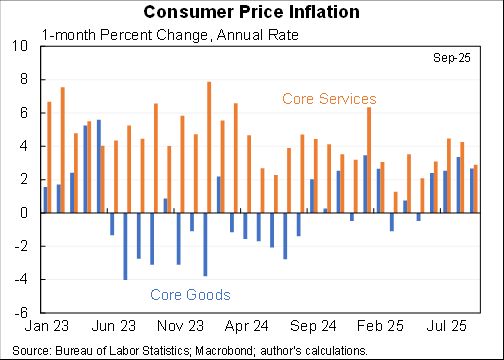I am beyond thrilled the President Biden is taking the long overdue step to adjust the Thrift Food Plan to be in line with the increased cost of healthy food. This is a large advance for poverty reduction, nutrition and opportunity for children.
nytimes.com/2021/08/15/us/…
nytimes.com/2021/08/15/us/…
In a 2015 CEA report we explained why the long-standing practice of updating the Thrifty Food Plan, the basis for the SNAP benefits, by inflation was an inadequate reflection of the increased cost of a nutritious meal. I'll list the reasons in this thread. obamawhitehouse.archives.gov/sites/whitehou… 

1. VARIETY & PALATABILITY. The TFP departs sharply from avg food consumption. The TFP assumes consumption of foods like beans, whole wheat pasta, etc. 20X the average American consumption, while assuming near-zero consumption of some healthful foods that Americans eat regularly. 

2. PREP TIME. The TFP assumes greater meal prep time than families typically spend preparing meals, btwn 1-2 hours of prep time per day, excluding shopping, but studies of low-income women found that they do not spend as much time on food prep as the TFP assumes 

3. VARIATIONS IN COST. The cost of the TFP is not regionally adjusted though food costs vary substantially by location. In addition, low-income households are less likely to have access to large grocery stores that offer lower prices. 

4. LAG IN INFLATION ADJUSTMENT. Every year, the TFP is adjusted for inflation. But there is a lag in the inflation adjustment of as much as 16 months by the following September. If food prices are rising over that 16 month period, the value of SNAP benefits are eroding. 

• • •
Missing some Tweet in this thread? You can try to
force a refresh





